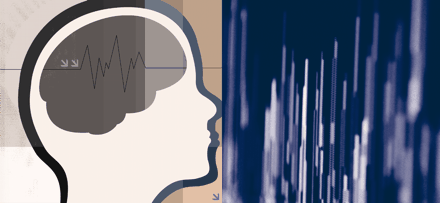Biochemical Mechanisms of Cyclosporine Neurotoxicity
- 1Department of Anesthesiology and 2Department of Pharmacology, University of Colorado Health Sciences Center, Denver, CO 80262; 3Department of Biopharmaceutical Sciences, University of California, San Francisco, CA 94143
- Address correspondence to NS. E-mail Natalie.Serkova{at}uchsc.edu; fax 303-315-1858.
Abstract
Proper management of chemotoxicity in transplant patients requires detailed knowledge of the biochemical mechanisms underlying immunosuppressant toxicity. Neurotoxicity is one of the most significant clinical side effects of the immunosuppressive undecapeptide cyclosporine, occurring at some degree in up to 60% of transplant patients. The clinical symptoms of cyclosporine-mediated neurotoxicity consist of decreased responsiveness, hallucinations, delusions, seizures, cortical blindness, and stroke-like episodes that mimic those clinical symptoms of mitochondrial encephalopathy. Clinical computed tomography (CT) and magnetic resonance imaging (MRI) studies have revealed a correlation between clinical symptoms of cyclosporine-mediated neurotoxicity and morphological changes in the brain, such as hypodensity of white matter, cerebral edema, metabolic encephalopathy, and hypoxic damages. Paradoxically, in animal models cyclosporine protects the brain from ischemia–reperfusion (I/R) injury. Interestingly, cyclosporine appears to mediate both neurotoxicity (under normoxic conditions) and I/R protection across the same range of drug concentration. Both toxicity and protection might arise from the intersection of cyclosporine with mitochondrial energy metabolism. This review addresses basic biochemical mechanisms of: 1) cyclosporine toxicity in normoxic brain, and 2) its protective effects in the same organ during I/R. The marked and unparallel potential of magnetic resonance spectroscopy (MRS) as a novel quantitative approach to evaluate metabolic drug toxicity is described.

- © American Society for Pharmacology and Experimental Theraputics 2004



